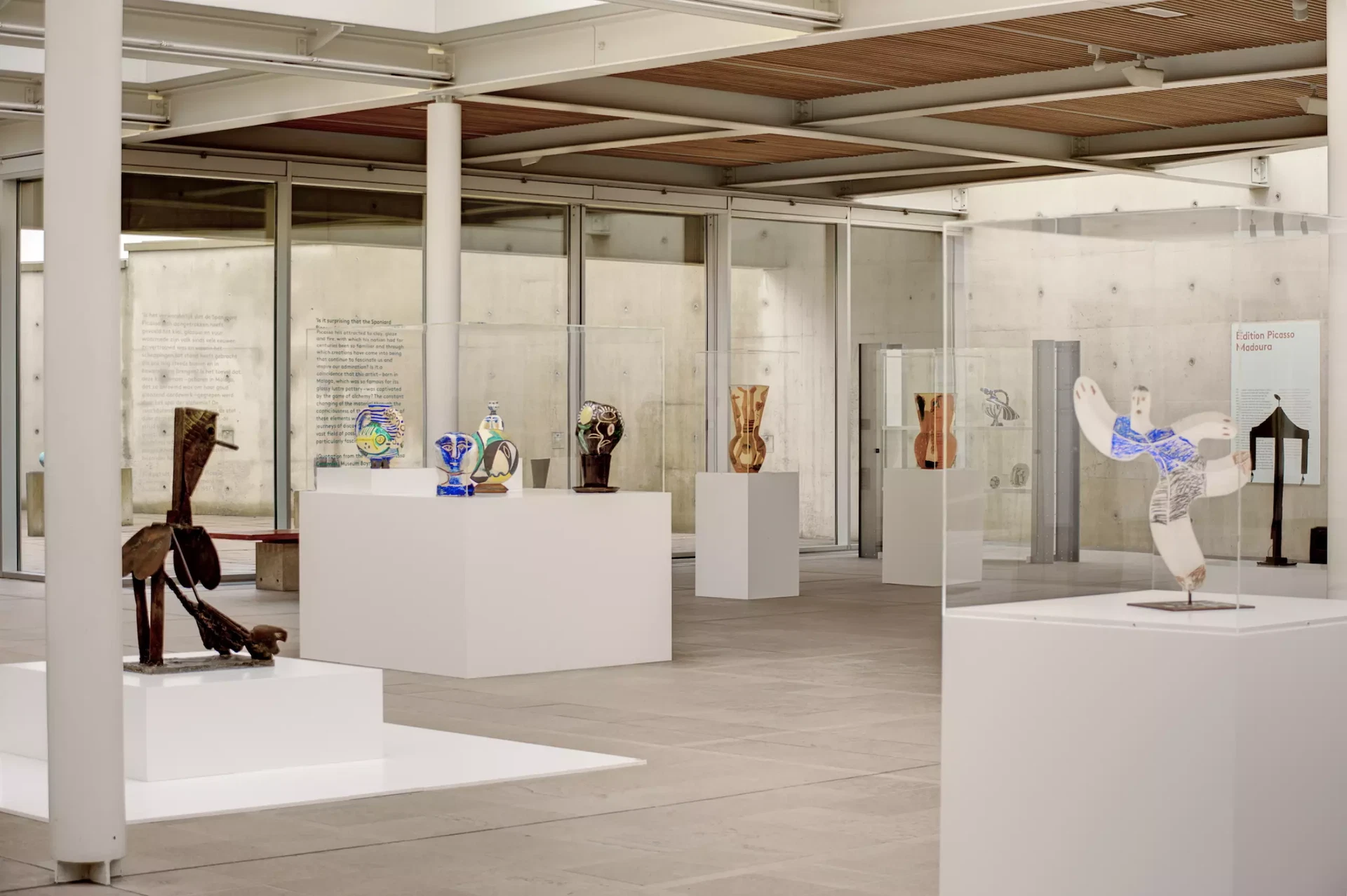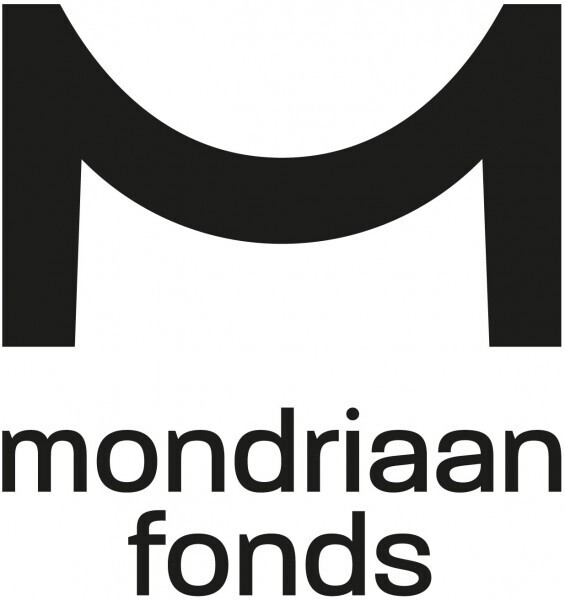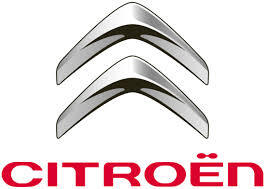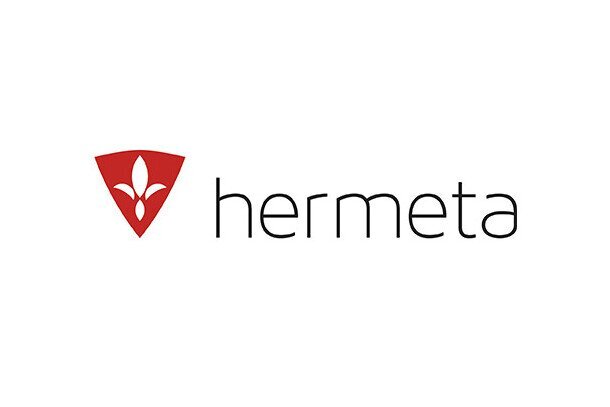From
October 12, 2016
Picasso by the Sea
To
March 4, 2017
0
From
October 12, 2016
To
March 4, 2017

October 12, 2016 - March 4, 2017
Picasso by the Sea
Ceramics & Sculpture
Anyone visiting the Beelden aan Zee museum this winter can marvel at surprising sculptures by Pablo Picasso (1881 – 1973) and enjoy the warm, Mediterranean colors of his ceramic works from the years after 1947. The exhibition features unique ceramic pieces as well as rare sculptures from the best museum and private collections in Europe. Some works have never been seen on Dutch soil before. Over the years, Picasso's sculptural oeuvre has remained underexposed compared to his paintings.
Rightly, Picasso is considered one of the pioneers of modern sculpture. He was the first to introduce the 'open' sculpture: a sculpture consisting of multiple masses rather than one. With his cubist still lifes, he was the first to introduce the everyday object as a theme, and Picasso was the first to dare to replace the traditional materials of the sculptor – stone, wood, and bronze – with non-sculptural means such as tin, iron, and found objects.
There has been much speculation about why Picasso developed a strong interest in ceramics in the post-war years. Personal circumstances have often been cited as reasons, such as the influence of his new partner Françoise Gilot, or his homesickness for Spain. Pablo Picasso was at the height of his fame in 1945. Through his friend Man Ray, he discovered Antibes, where he had a studio in the ancient Château Grimaldi, directly located on the Mediterranean Sea (now Musée Picasso). Picasso then discovered the nearby village of Vallauris, a center for pottery.
The artist, who repeatedly complained about the impermanence of paint, was attracted to the eternal durability, brilliance, and plasticity of ceramics. Virtuoso as he was, Picasso chose the existing vase shape as a starting point and projected his images onto it. He virtually wrapped the 'flat' representations around the vase, giving it the shape of a woman, an owl, or a hand.
The themes within Picasso's oeuvre, and thus within his ceramics, are of great simplicity. The leading role is reserved for the woman, but animals also frequently appear. As an avid fan of the Spanish bullfight, which was also popular in southern France, Picasso also decorated his ceramics with bulls, toreros, picadors, and horses. While working in Antibes, an owl flew into the Château Grimaldi. Picasso made the small nocturnal bird his favorite model.
Sponsor















